Photo credits: Wikimedia Commons
Elgin G. Baylor (pictured) was an American professional basketball player, coach, and executive. He played 14 seasons as a forward in the National Basketball Association (NBA) for the Minneapolis/Los Angeles Lakers. He appeared in eight NBA Finals.
At 6’5″ and nearly 230 pounds, Baylor was a gifted shooter, a strong rebounder, and an accomplished passer. Renowned for his acrobatic maneuvers on the court, Baylor regularly dazzled Lakers fans with his trademark hanging jump shots.
The No. 1 draft pick in 1958, NBA Rookie of the Year in 1959, 11-time NBA All-Star, and a 10-time member of the All-NBA first team, he is regarded as one of the game’s all-time greatest players. In 1977, Baylor was inducted into the Naismith Memorial Basketball Hall of Fame.
Baylor spent 22 years as general manager of the Los Angeles Clippers. He won the NBA Executive of the Year Award in 2006. Two years later he was relieved of his executive duties by the Clippers shortly before the 2008–09 season began.
His popularity led to appearances on the television series Rowan and Martin’s Laugh In in 1968; the Jackson Five’s first TV special in 1971; a Buck Rogers in the 25th Century episode “Olympiad”; and an episode of The White Shadow titled “If Your Number’s Up, Get Down.”
Elgin “Rabbit” Baylor began playing basketball when he was 14. Although he grew up near a D.C. city recreation center, African Americans were banned from using the facilities, and Baylor had limited access to basketball courts growing up. He had two basketball-playing brothers, Sal and Kermit.
After stints at Southwest Boys Club and Brown Jr. High, Baylor was a three-time All-City player in high school.
Baylor played his first two years of high school basketball at Phelps Vocational High School in the 1951 and 1952 seasons. At the time, public schools in Washington, D.C., were segregated. Therefore, he only played against other black high school teams. There he set his first area scoring record of 44 points versus Cardozo H.S.
During his two All-City years at Phelps, he averaged 18.5 and 27.6 points per season. He did not perform well academically and dropped out of school (1952–53) to work in a furniture store and play basketball in the local recreational leagues.
The Minneapolis Lakers used the No. 1 overall pick in the 1958 NBA draft to select Baylor, then convinced him to skip his senior year at SU and instead join the pro ranks. The team, several years removed from its glory days of George Mikan, was in trouble on the court and at the gate.
The year prior to Baylor’s arrival, the Lakers finished 19–53 with a squad that was slow, bulky, and aging. Baylor, whom the Lakers signed to play for $20,000 per year (equivalent to $180,000 in 2019), was the franchise’s last shot at survival.
With his superb athletic talents and all-around game, Baylor was seen as the kind of player who could save a franchise and he did. According to Minneapolis Lakers owner Bob Short in a 1971 interview with the Los Angeles Times: “If he had turned me down then, I would have been out of business. The club would have gone bankrupt.”
Baylor won the NBA Rookie of the Year Award and led the Lakers from last place the previous year to the NBA finals, where they lost to the Boston Celtics in the first four-game sweep in finals history. Thus began the greatest rivalry in NBA history. During his career, Baylor helped lead the Lakers to the NBA Finals seven more times.
The 71 points Baylor scored on November 15, 1960, was a record at the time; it was also a team record that would not be surpassed until Kobe Bryant scored 81 points against the Toronto Raptors in January 2006. The 61 points he scored in Game 5 of the NBA Finals in 1962 is still an NBA Finals record.
In 1974, Baylor was hired to be an assistant coach and later the head coach for the New Orleans Jazz, but had a lackluster 86–135 record and retired following the 1978–79 season. In 1986, Baylor was hired by the Los Angeles Clippers as the team’s vice president of basketball operations.
He stayed in that capacity for 22 years before reportedly resigning in October 2008 at the age of 74. During his tenure, the Clippers managed only two winning seasons and amassed a win-loss record of 607 and 1153. They also won only one playoff series during this time.
Baylor was selected as the NBA Executive of the Year in 2006. That year the Clippers won their first playoff series since 1976, when the franchise was located in Buffalo, New York, and named the Buffalo Braves. On April 6, 2018, a statue of Baylor was unveiled at the Staples Center prior to a Lakers game against the Minnesota Timberwolves.
Baylor died on March 22, 2021, at age 86 of natural causes. He is survived by his wife Elaine, his son, Alan, and his daughter, Alison.









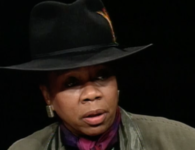
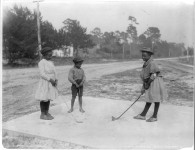
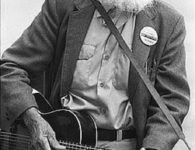
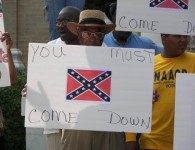
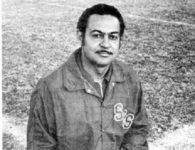
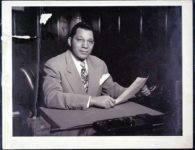

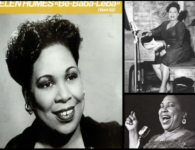

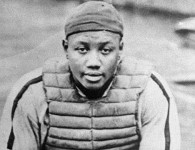
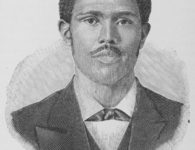

No comments